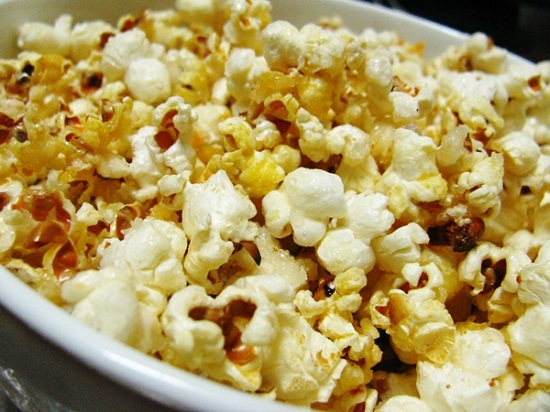Just 20 kilometers from the center capital, Cu Da Village in Thanh Oai District, Ha Noi is not only known as a unique cultural space, which still keeps many ancient houses with original Vietnamese architecture in Red River Delta, but also a biggest vermicelli producing village in Northern.
We arrived at Cu Da ancient village in Cu Khe Commune, Thanh Oai District, Hanoi vietnam on a middle autumn day. At noon, with the heavy sunshine of the August, the village road was still crowded and cramped because of plenty of improved handcarts, which carried vermicelli, wattles, and bamboo bars to put vermicelli on.
>> Read More : Top 10 Things to Do in Vietnam - Vietnam Must-See Attractions
>> Read More : Top 10 Things to Do in Vietnam - Vietnam Must-See Attractions
Cu Da Village is famous for its traditional handicraft of making vermicelli and sauce. There are nearly 400 households earning main incomes from two of those trades.
According to most of village elders, arrowroot vermicelli-making trade in this village has started in fifty to seventy years ago. The Cu Da vermicelli has its own characteristic, which is the color of shining yellow or smooth white and after cooking, the dish has a good flavor and crispy, tough, and savory threads. Especially, the vermicelli noodle will not turn doughy when being cooked for a longer time by mistake.
For making the thin and equal vermicelli, which will be realized as a product of Cu Da village rather than the other, Cu Da villagers must choose good bulbs of arrowroot and grind them into flour. Dong flour is mixed with water, and then filtered to get pure starch and stirred. A part of this will be soaked with hot water called done-flour. This done-flour dissolves with filtered-flour with the rate 1/10 making a mixture. After that, this mixture is formed into thin sheet, steamed, and dried. It is then cut into thin strips by machine and dried again for ensuring..
Ms. Trinh Thi Hong, who has had a strong attachment to making vermicelli for tens of years, said to have good vermicelli, in each process, the villagers must be really careful and meticulous. Even at the stage of sun-drying before slicing into threads, the villagers are also required to be so clever to make sure that the thin sheets of vermicelli are spread largely and regularly on the bamboo wattle, only by that the vermicelli can be dried regularly and easily to slice into threads. When the vermicelli is dried to a certain measure, they are cut into small and long threads by machine.
According to Bui Van An, the manager of Economic Department in Thanh Oai District, Cu Da has about 15 to 18 tons of vermicelli which are produced and spread out to many big and small markets in Ha Noi and other provinces, cities in the south of our country everyday.
In the last months of a year, wedding season, festival seasons, and Tet holiday, there are 19 to 25 tons of Cu Da vermicelli produced everyday. At that time, Cu Da Village looks like being dyed shining yellow by the bamboo wattles and vermicelli drying wires.













0 nhận xét:
Đăng nhận xét